The trip to Tirana was spontanous. I had heard tales of a fast growing, traffic-jammed city, so I was surprised to find a relaxed, slow-paced place, especially when you move away from the very center. There are not super many sights, what I found most interesting is the gruelling history. The regime under Enver Hoxha kept the country completely isolated and oppressed.
Walking Tirana’s historical center
A walking tour in Tirana usually begins at the enormous Skanderbeg Square, a 40.000m2 shadow- and treeless heat island. In the summer I would be afraid to cross it.
I found it shocking how any city planer could create a square like this. It even received the European Prize for Urban Public Space in 2018. Between 2010 and until is finally finished, in 2017, every mayor changed the plans.
It prides itself to be the biggest pedestrian zone in the Balkans, I find it completely unfit for pedestrians, especially in this climate. The statue of Albania’s national hero, Skanderbeg on his horse is in the centre of the square, who defended Albania against the Ottoman Empire.
The square is so gigantic that Tirana’s landmarks that surround it, I only noticed at second sight and when walking by.
The most beautiful building is Et’hem Bey Mosque with its tunning Ottoman architecture. There you also find the Clock Tower, the Opera, the National Bank of Albania and one of the oldest hotels, the iconic Tirana International Hotel.
The Cloud by You Fujimoto
The installation looks like a cloud and it looks as if mist is rising in the park in front of the Gallery of Arts. It’s a nice place to chill, meet, discuss. It’s often used as an open air cinema, especially during the summer when, every night at 20:00, they would play a movie there. Tirana is the second city, after London to host this piece of art.
The House of Leaves – Museum of Secret Surveillance
Originally called so due to the dense layer of trees and leaves which covers the front of the house. The newest museum in Albania, it educates visitors about the darkest periods of the country’s history.
During the days of the communist regime it was the headquarters of the Communist Secret Police or Sigurimi. Sigurimi spied on hundreds of thousands of people and it is said that, tens of thousands were imprisoned and killed in secret prisons. With about 20% of the population collaborating with the regime.
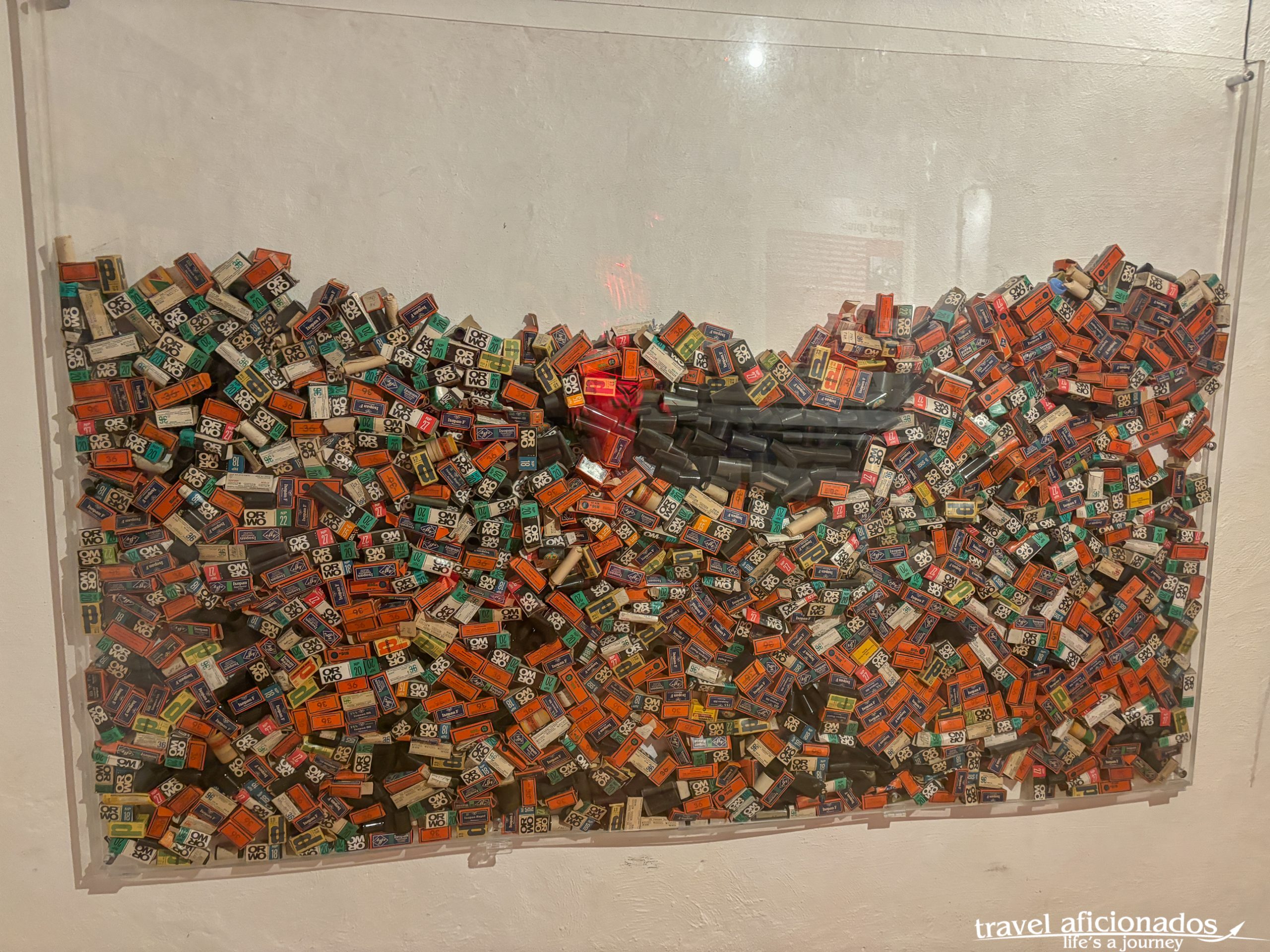
Museum of Surveilance – a large collection of surveillance equipment, sound recordings, movies and original documents.
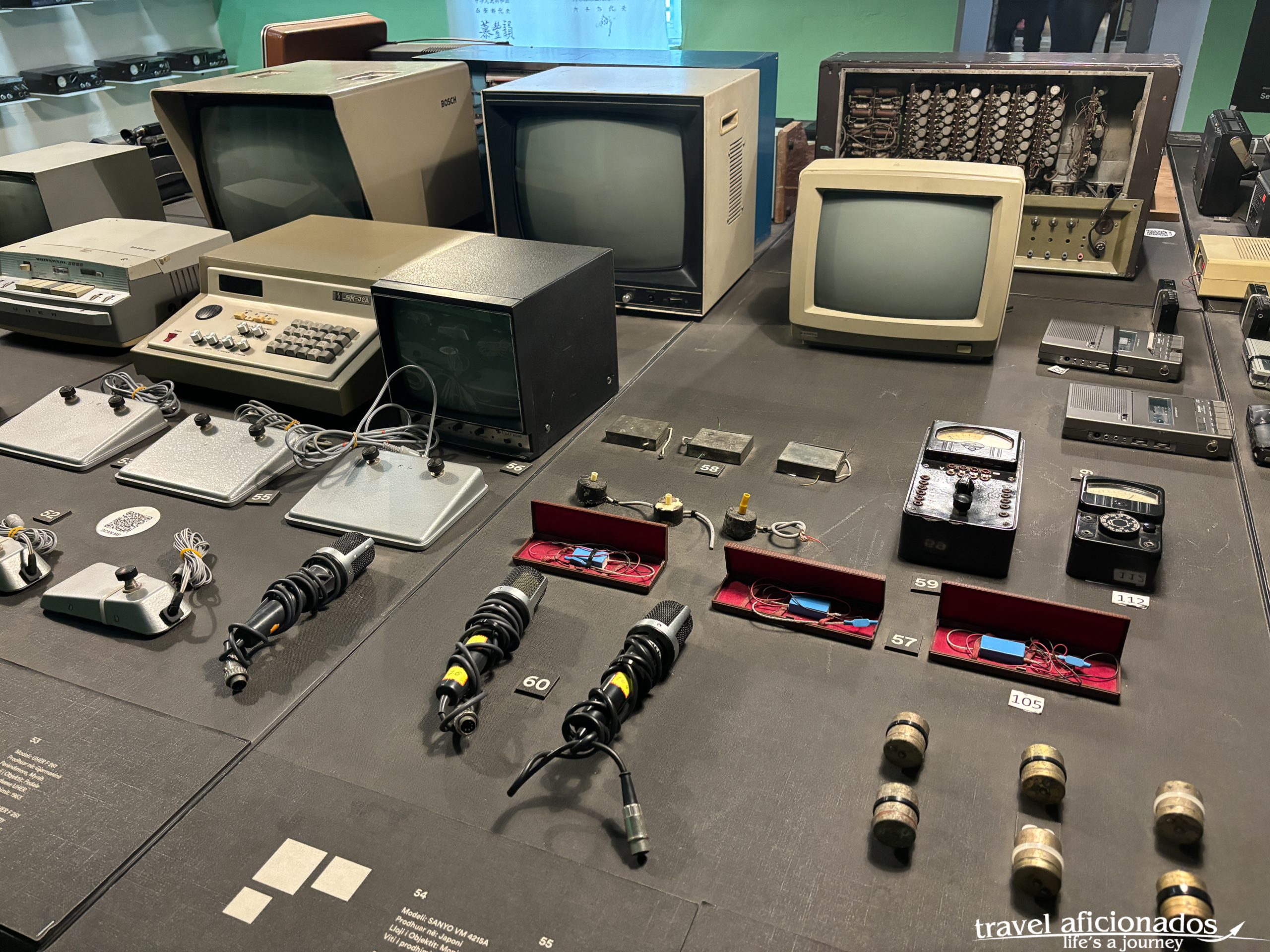
Museum of Surveilance – a large collection of surveillance equipment, sound recordings, movies and original documents.
The notorious Block area – once home of Albania’s elite
Nowadays it’s the heart of Tirana it is full of fancy boutiques, colorful coffee shops, cocktails bars and pubs, and creative street-art. But during Communist times the area served as a living and leisure neighborhood only to the political communist bureau that even maps used to miss.
The only place that reminds of this dark era is the former villa of Enver Hoxha, untouched and unused, a sign of the luxurious life lived by the dictator compared to his country men. It can only be seen from the outside since it’s not allowed to enter.
Bunk Art
This museum of located in a communist-era bunker and underground tunnel system below the Ministry of Internal Affairs. It’s filled with 24 different rooms that would serve as shelters and rooms for the elite in case of an attack from the outer world…something that never happened. Nowadays the rooms tell the stories of the political persecutions of approximately 100,000 Albanians from 1945-1991. it also shows the creation of the state security or Sigurimi during Communism, and exhibitions showing the state’s means of persecution during this dark period of history. The bunker was built in the ’70 and remained a secret for much of its existence. It was designed to survive nuclear attacks, with walls made of double concrete and enough space to host more than 100 people.
Tirana from a bird’s view
The guide of the walking tour had pointed out a roof-top bar at the Sky Club, reecommended for its unparalled view. I made it up there for the sun-set, the view is truly stunning, but unfortuanetely there is not outdoor area. Later I heard of other roof-top place with terraces.
I had plannned to eat there or at least have drink, but the ambience was rather uninviting. The place was huge, few people and not cozy at all.
Tirana Castle turned Disney World
Tirana Castle (Kalaja e Tiranës), was part of the tour, but I came back several times because it found it fascinating what is being called a castle. All that is left of the fortress above ground are the 6 meter high Ottoman-era walls. They were built by Ahmet Pashë Bargjini in the second half of the 18th century on the ruins of the old castle. It is said to date back to Byzantine times thus called Fortress of Justinian. It is right in the heart of Tirana.
In 1798, the castle fell into the hands of the famous Toptani family. They were given back this property after the fall of Communism and they must be a very enterprising bunch: they converted the space inside the wall into an out-door eatery bonanza, with some traditional handcraft stores inbetween. The place it packed every night, nothing inside reminds of the place being a former castle. Since the very modern shopping center nearby is also named after the Toptani family, I assume their richess are
Murat Toptani Street
Most likely Tirana’s most scenic street in the center, car-free and shaded by large trees, it is full of café, restaurtant and souvenir-shops. The walls of Tirana Castle form one side of this street, at least for some part.
The Pyramid of Tirana
One of the most famous buildings in Tirana, the Pyramid stands at the main boulevard as a sign of the communist non-sensical regime. When built, the Pyramid was said to be the most expensive individual structure ever constructed in Albania.
It was first built as a museum dedicated to Enver Hoxha, the leader of the Communist Party, co-designed by Hoxha’s daughter. After the fall of Communism in Albania, it has served as a cultural center, as a National Television office, and was meant to be destroyed. It still stands as a 17,000 square-meter symbol of notorious communism and mostly as a touristic attraction.
Postbllok -reminder of the Communist isolation and atrocities
The ‘Postbllok’ is an artistic installation by the former regime dissident Fatos Lubonja and artist Ardian Isufi. It consists of three elements: a concrete defensive bunker (the dictatorship built thousands of them, one for each family, in case of a nuclear or world war), several concrete supports from the mine at the notorious Spaç labor camp where thousands of political prisoners suffered between 1968 and 1990 and a brightly painted section of the Berlin Wall from Postdamer Platz that once split Germany in two.
Accommodation:
My hotel, the http://www.orchidea-hotel.com was a 20 minutes walk from the city center, I had booked it because it had a pool. Which I never used, because the temperature did not allow it when I was at the hotel, mornings and evenings.
The owners were lovely, breakfast was lots of home-made stuff.
The advantaged of the hotel being so far from the center was that I got to know Tirana off the beaten track, especially the neighborhood shops, cafes and restaurants were I spent my evenings watching locals, watching soccer on gigantic screens.
On the way back from the city I had to pass schools or play ground and this was always exciting watchings kids and parents.
It was May and fruit vendors were selling cherries en masse for so little money.
Oddities in Tirana

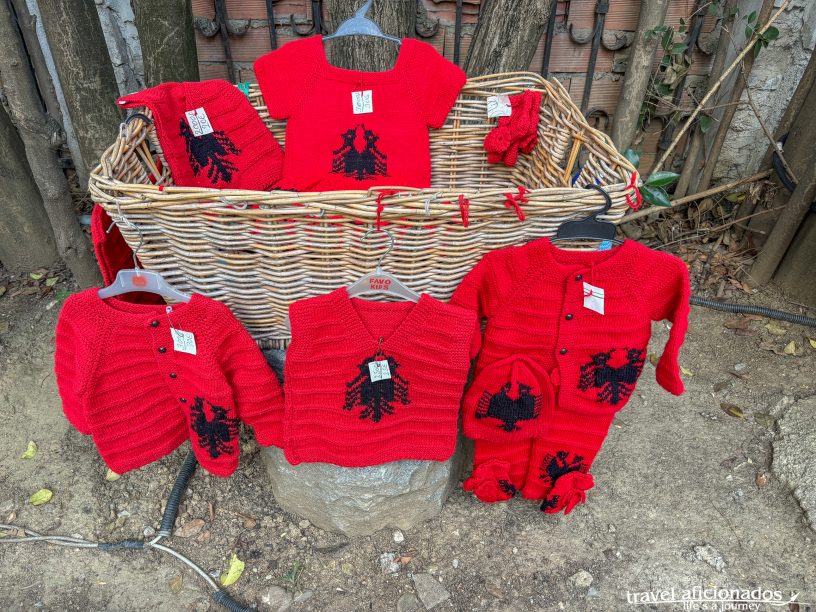

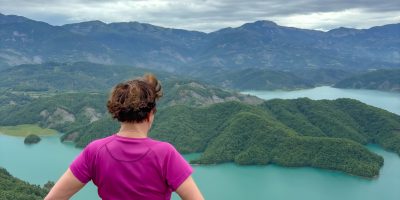
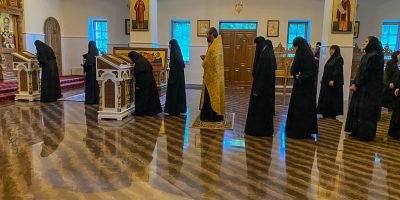

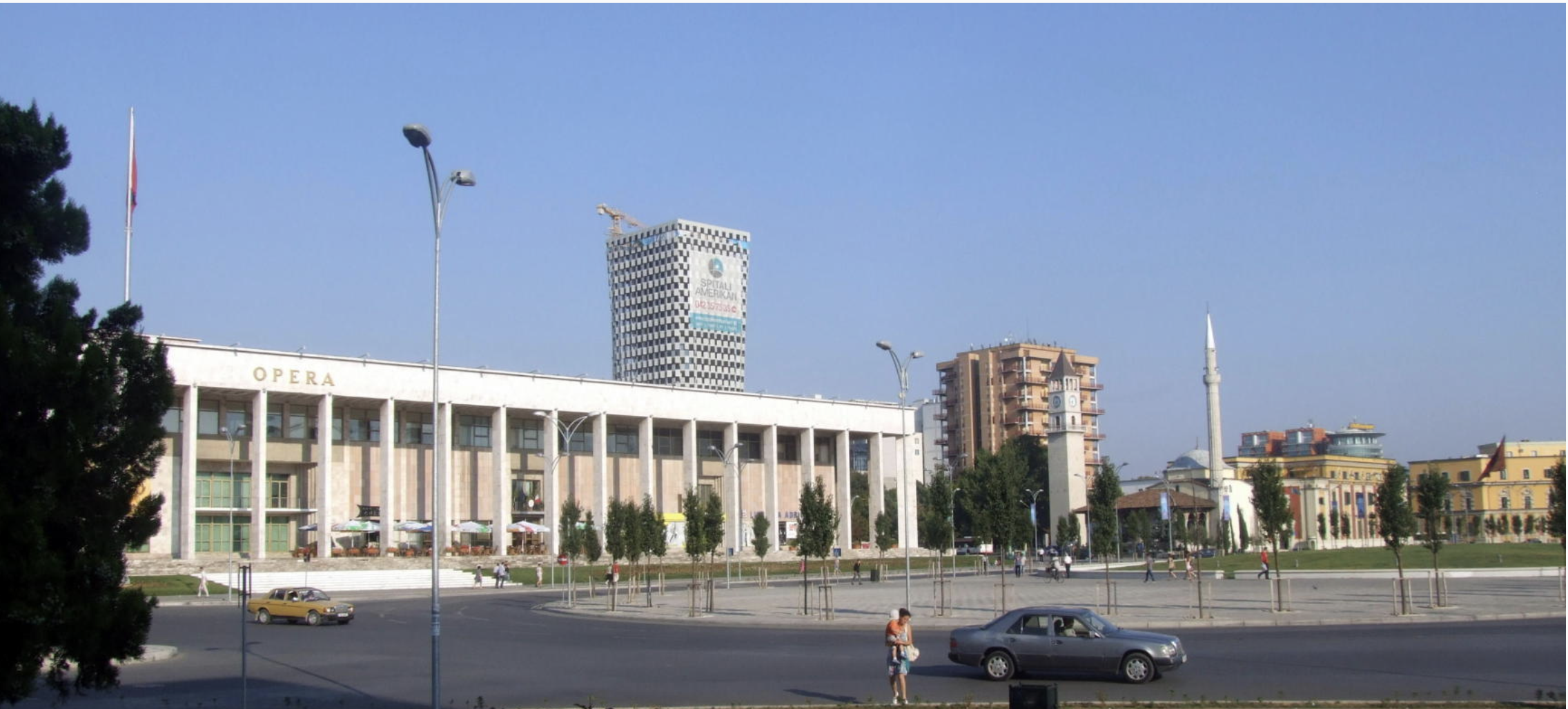
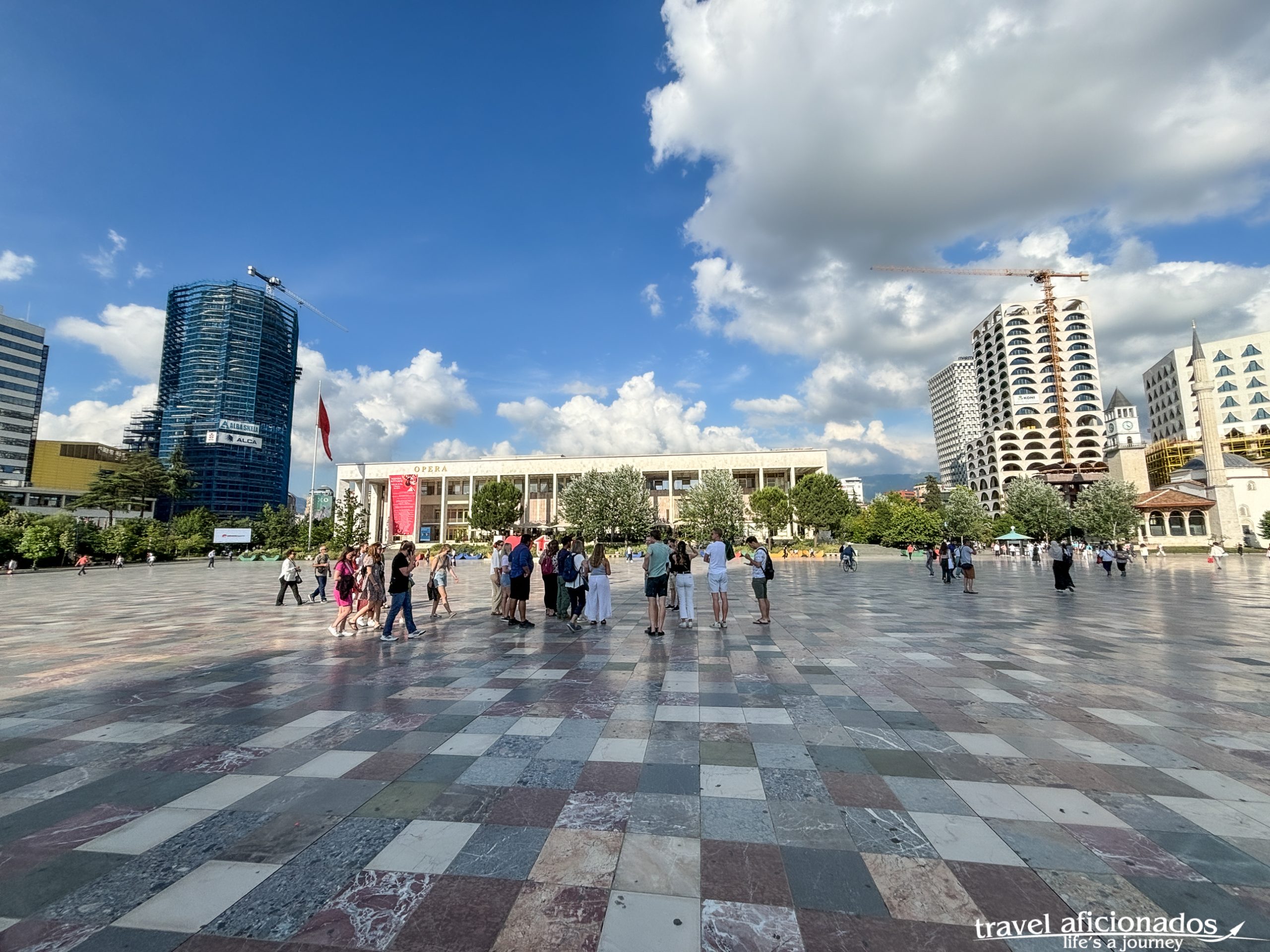

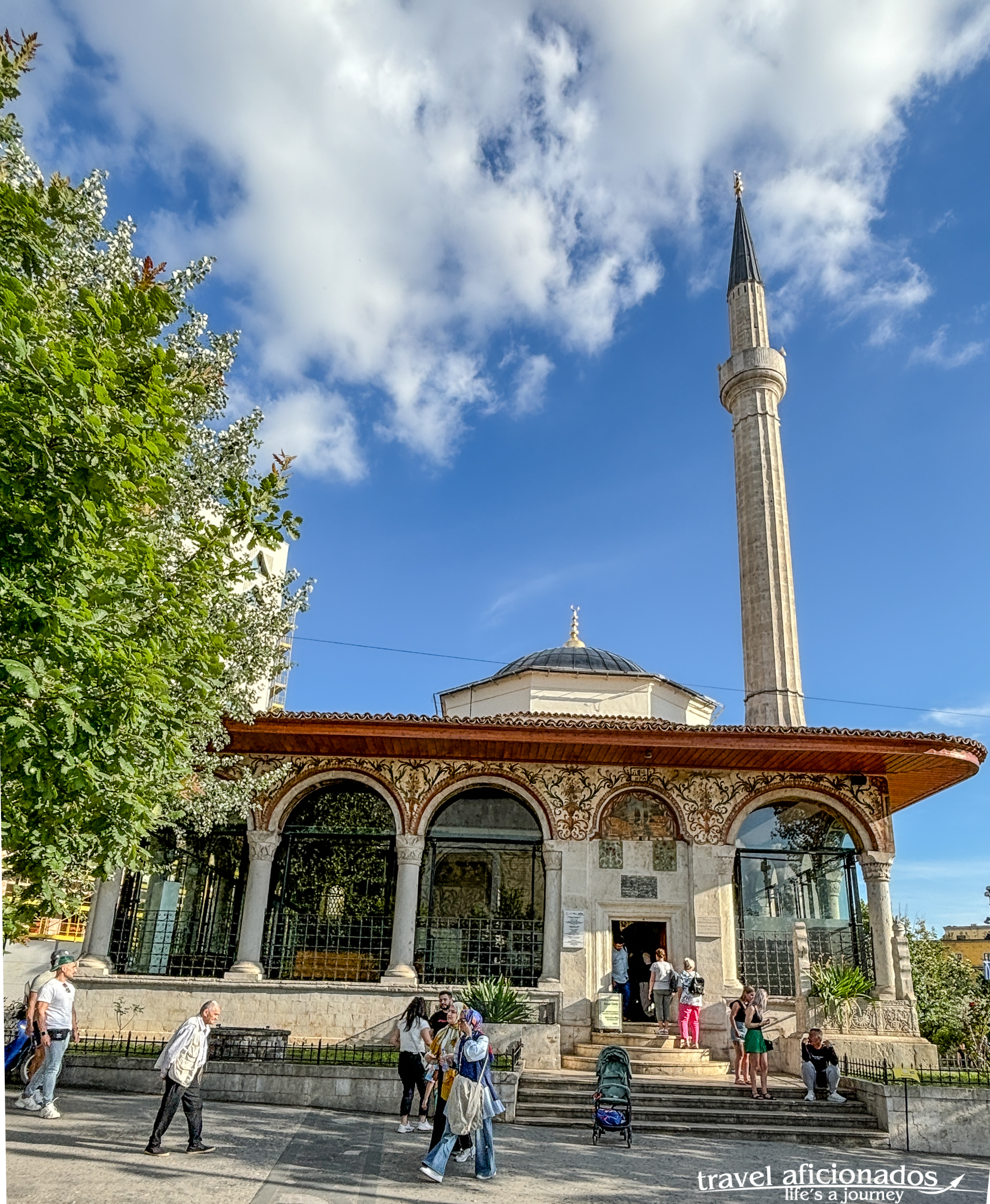
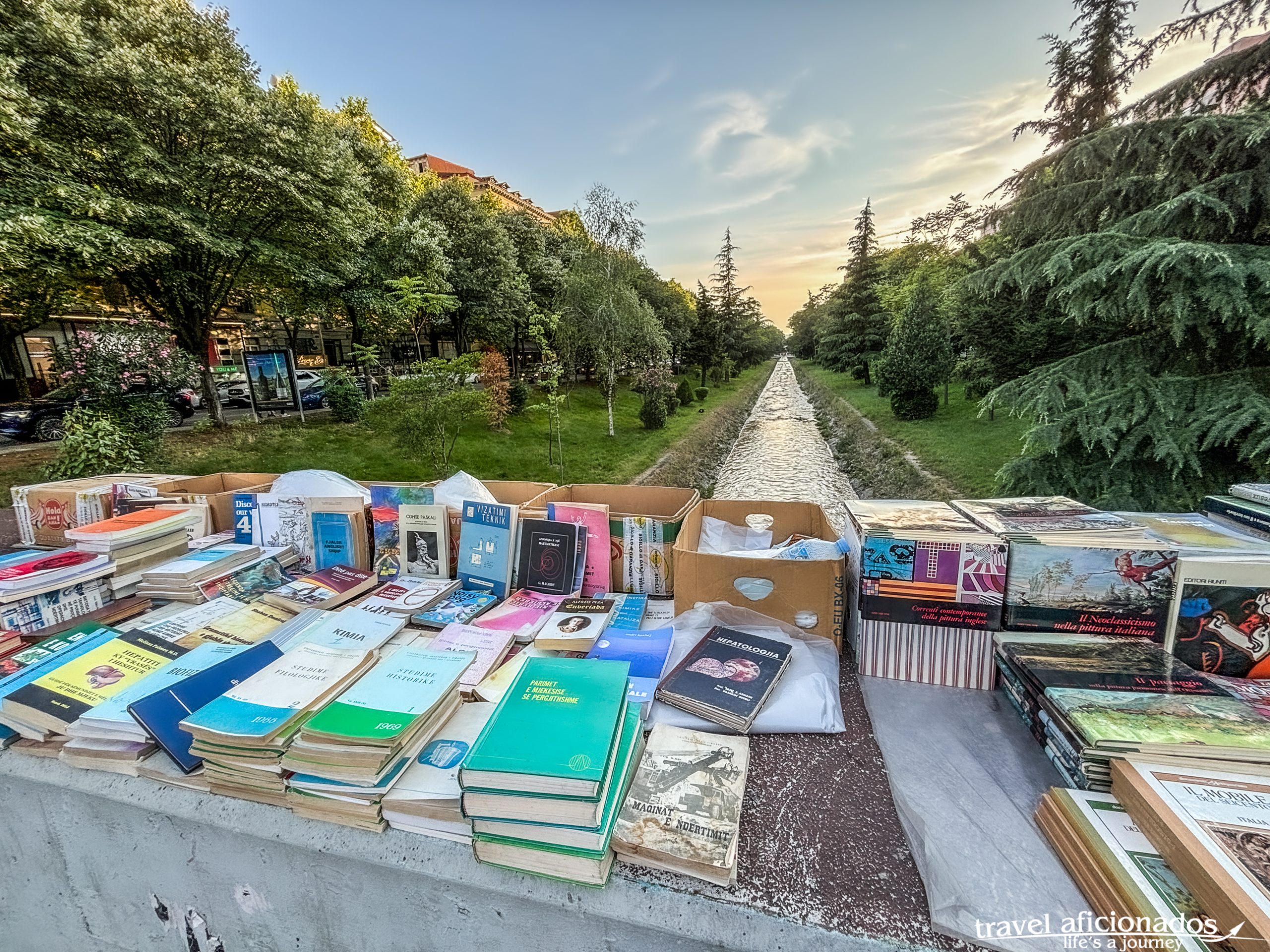

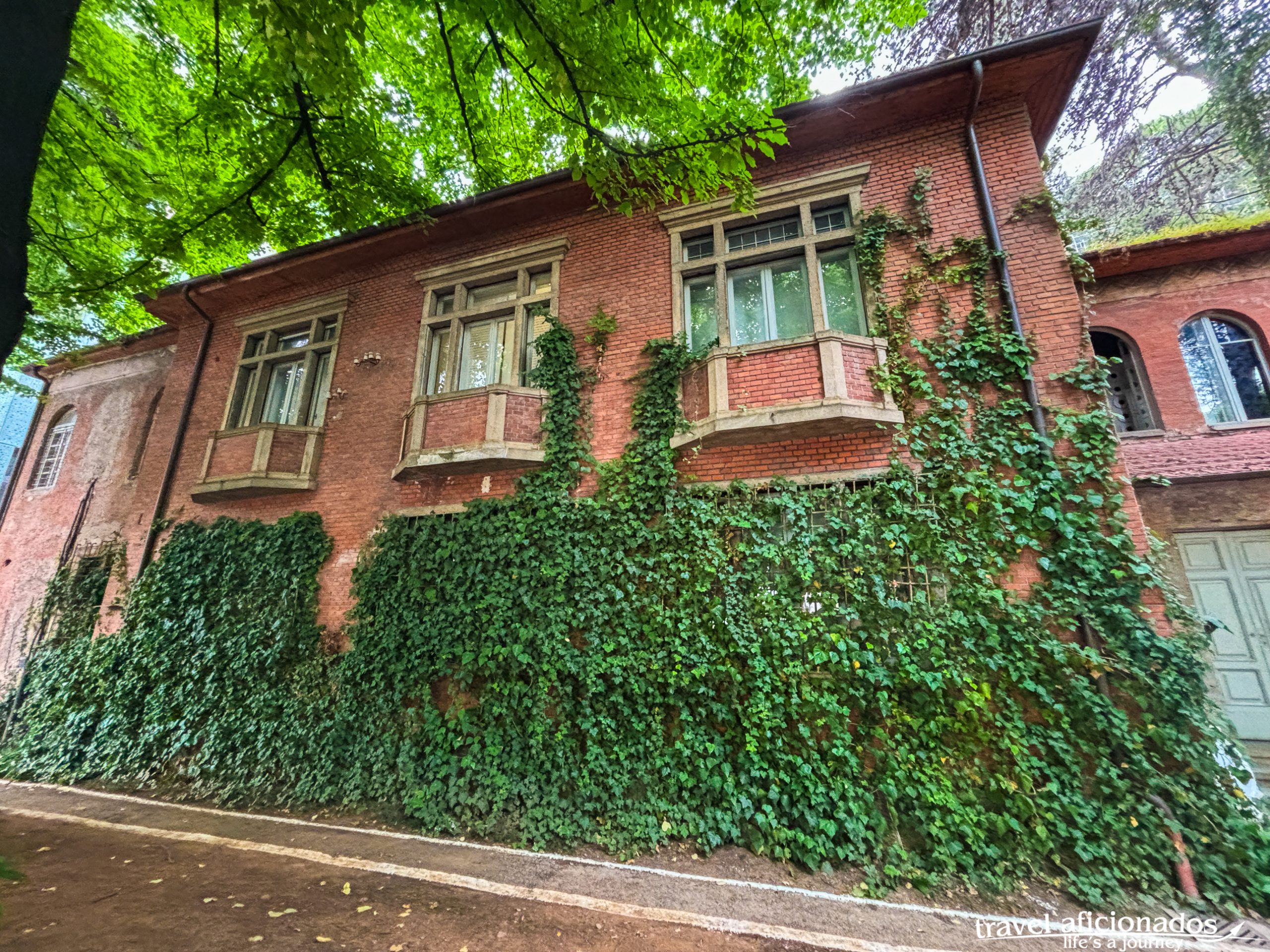
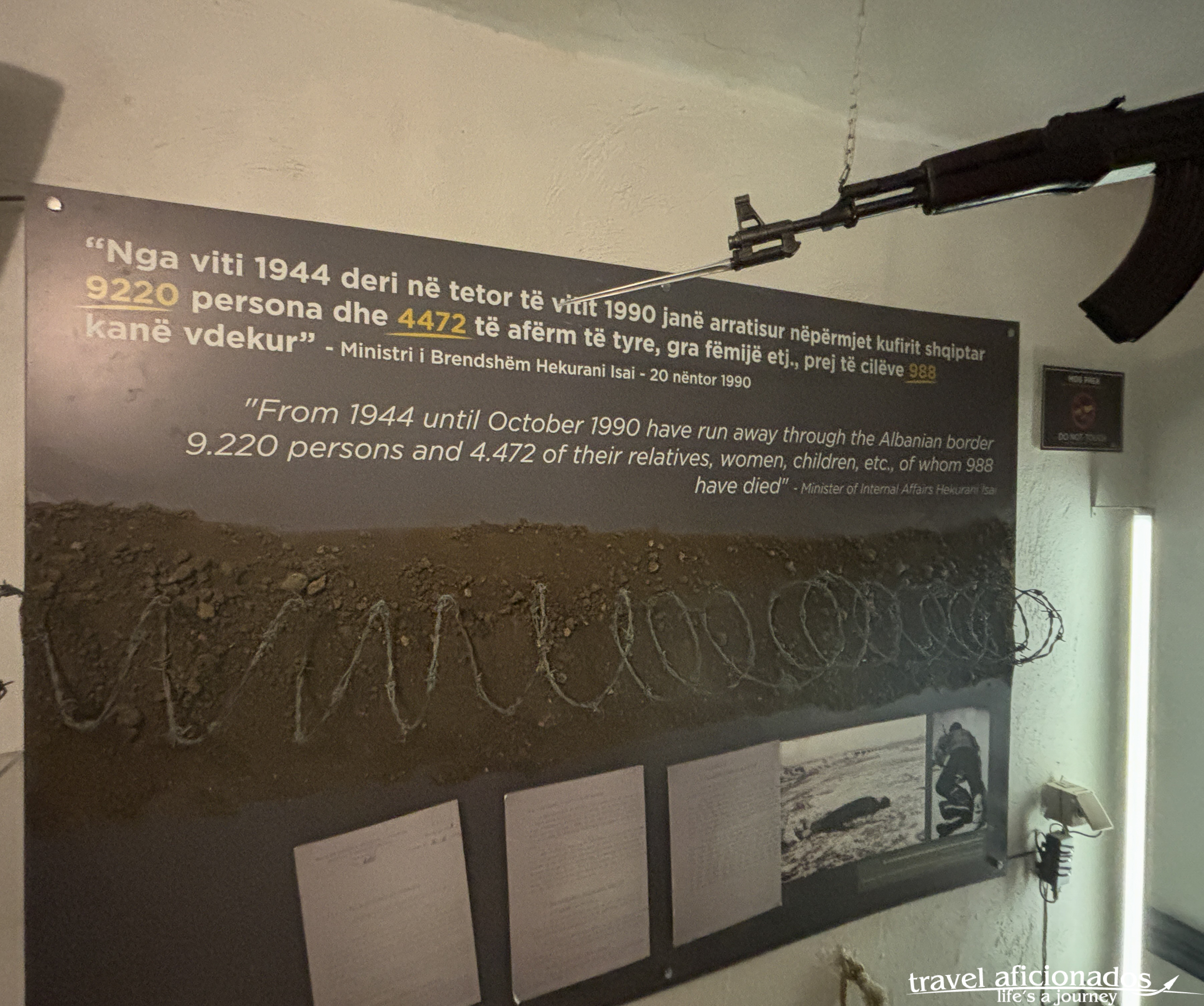
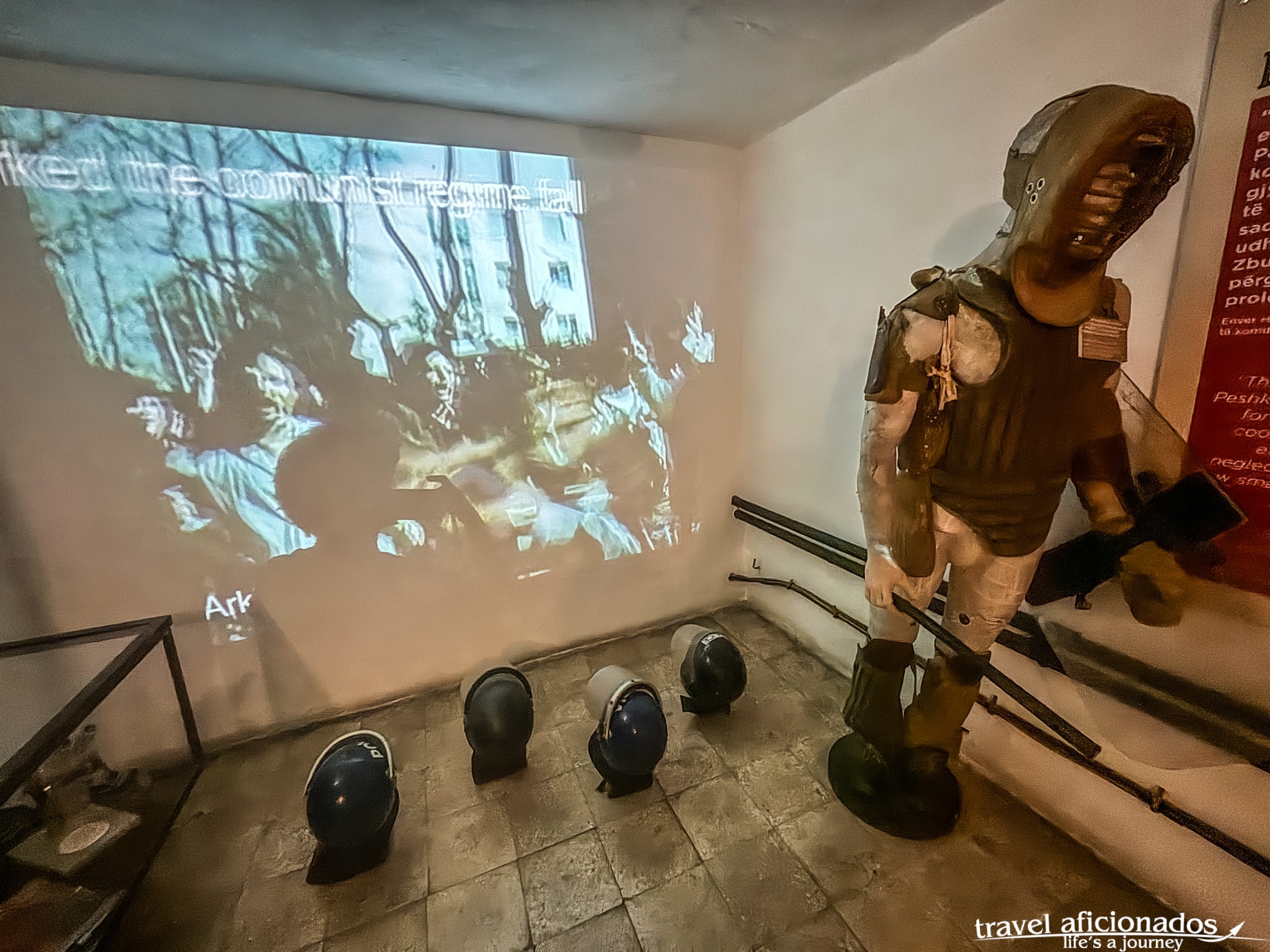
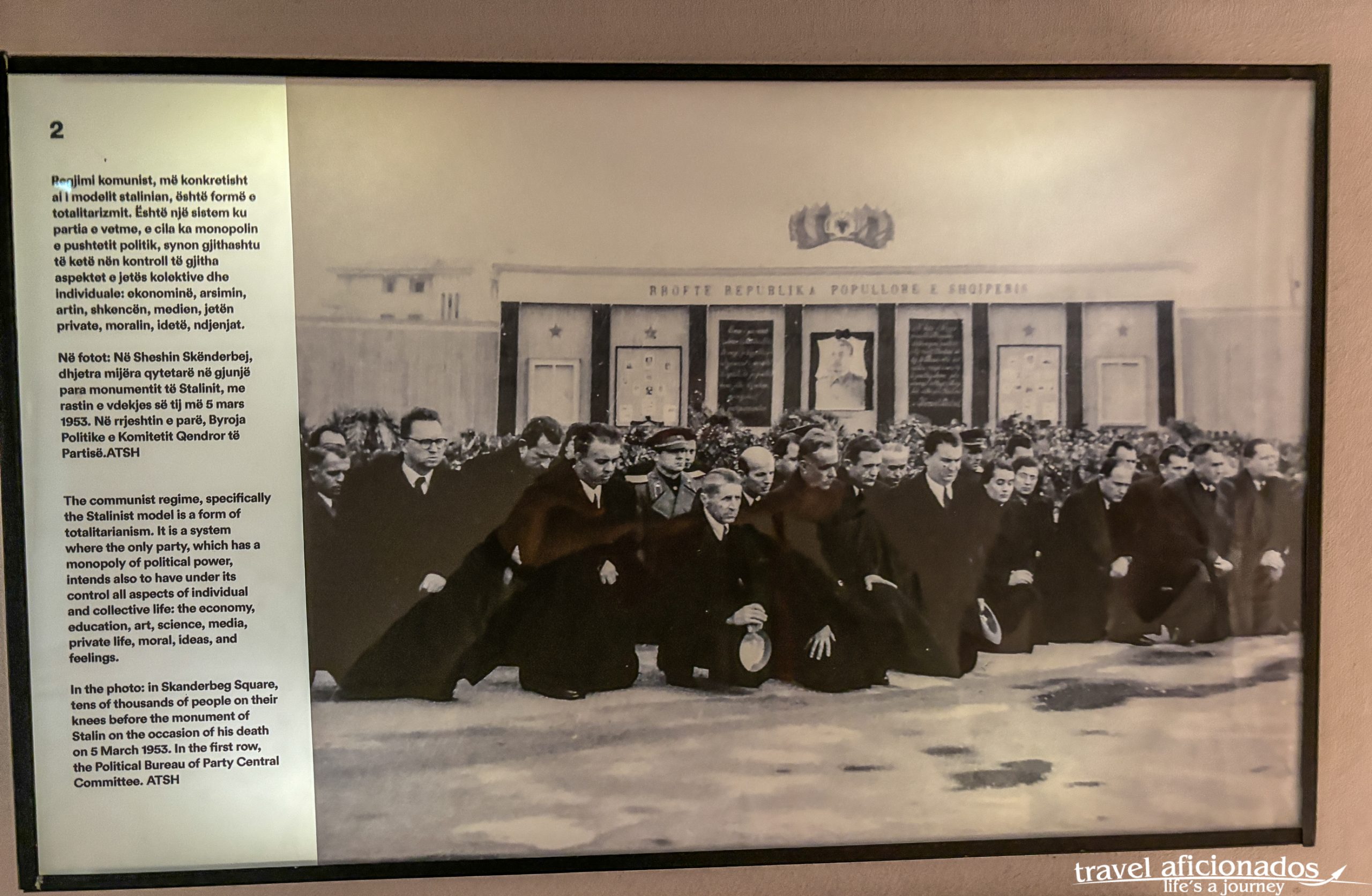

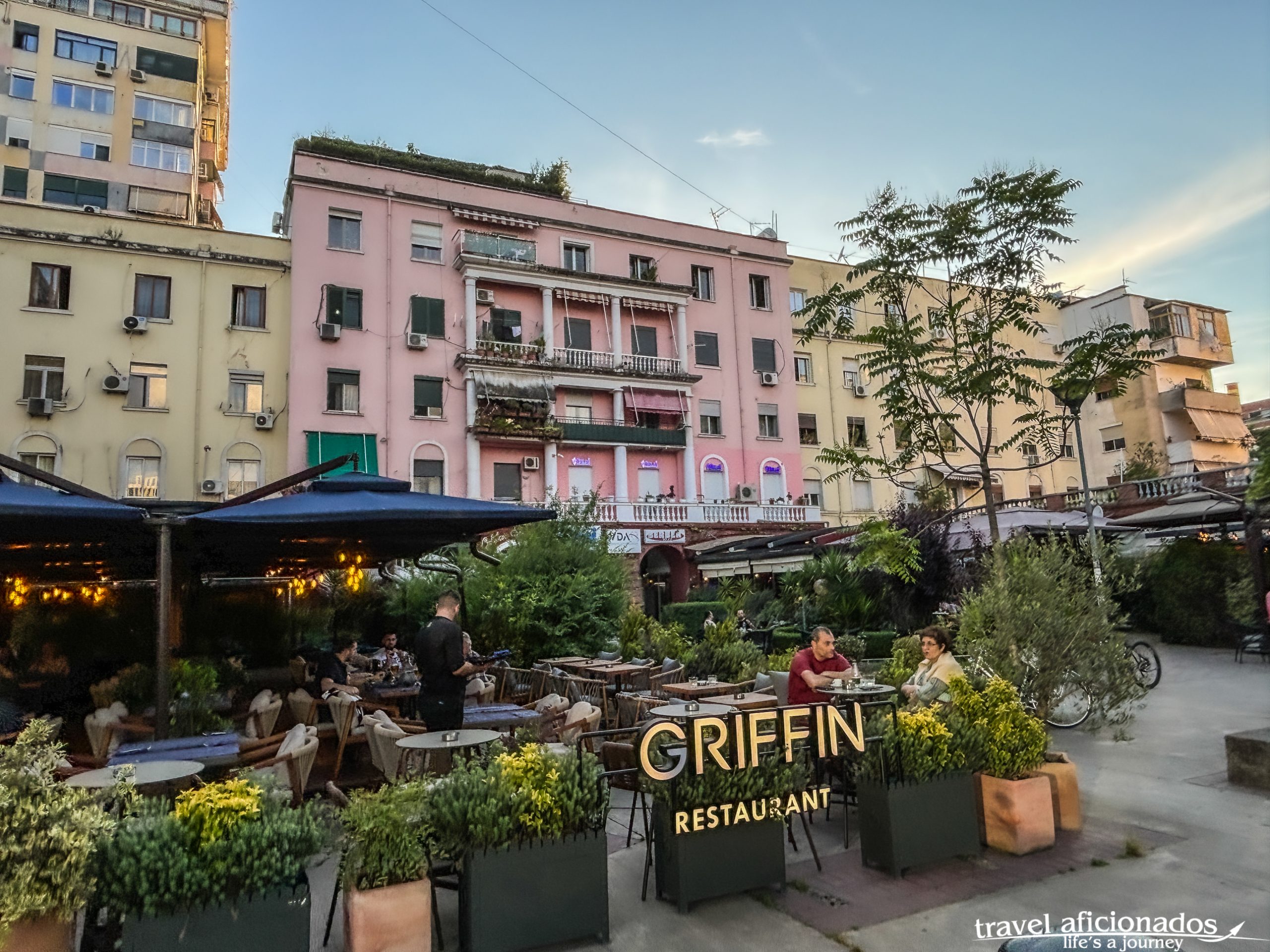
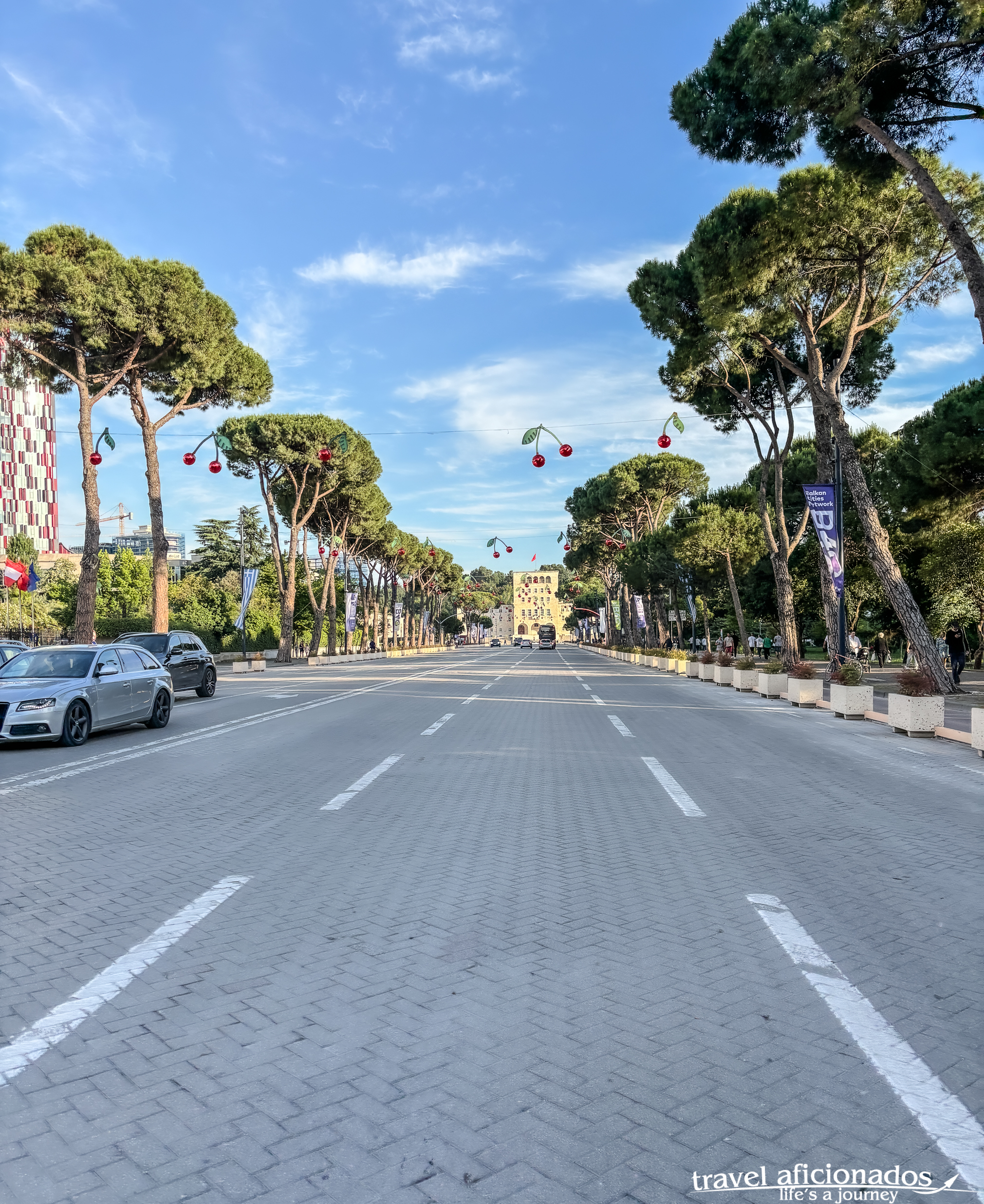
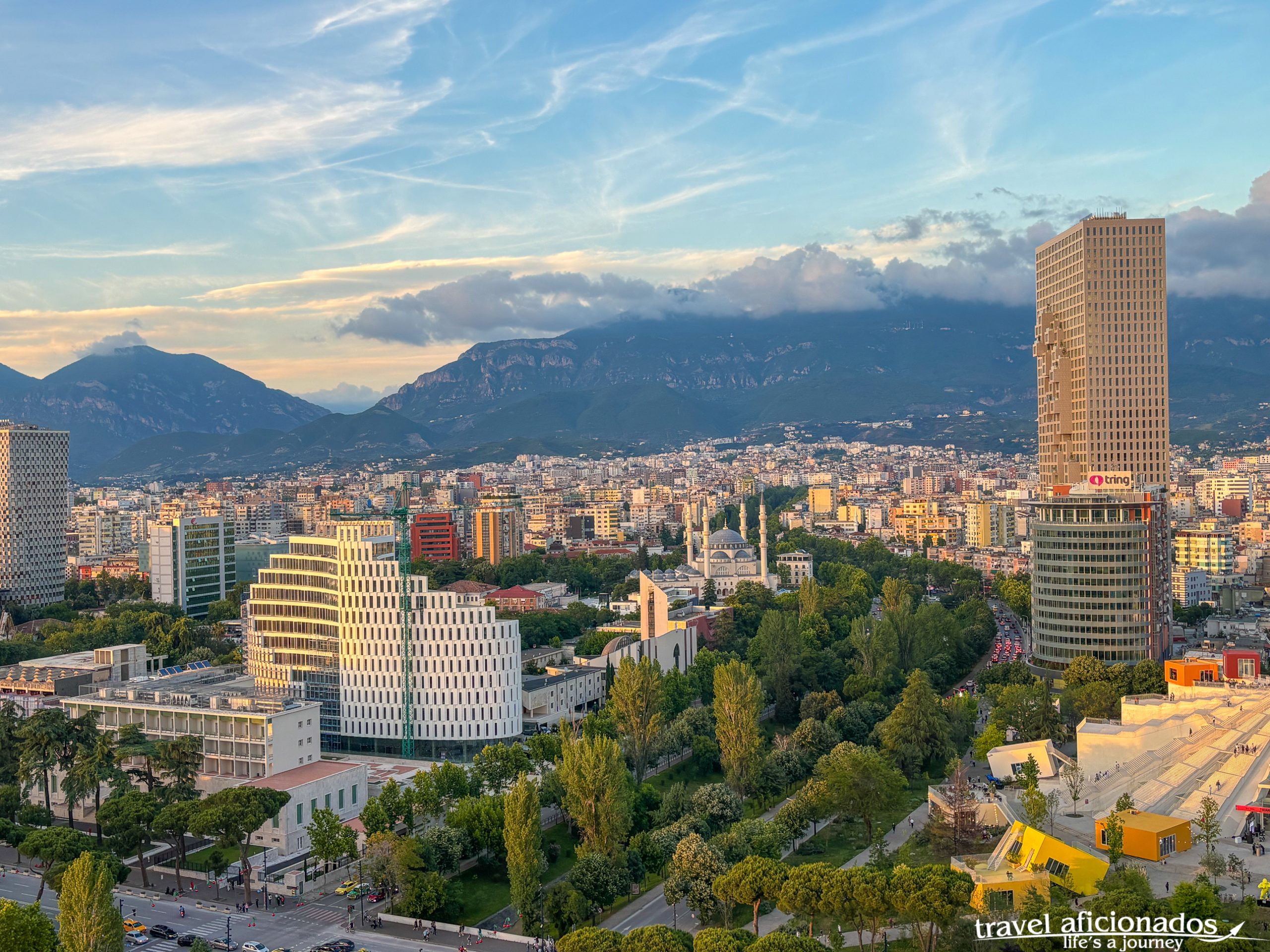
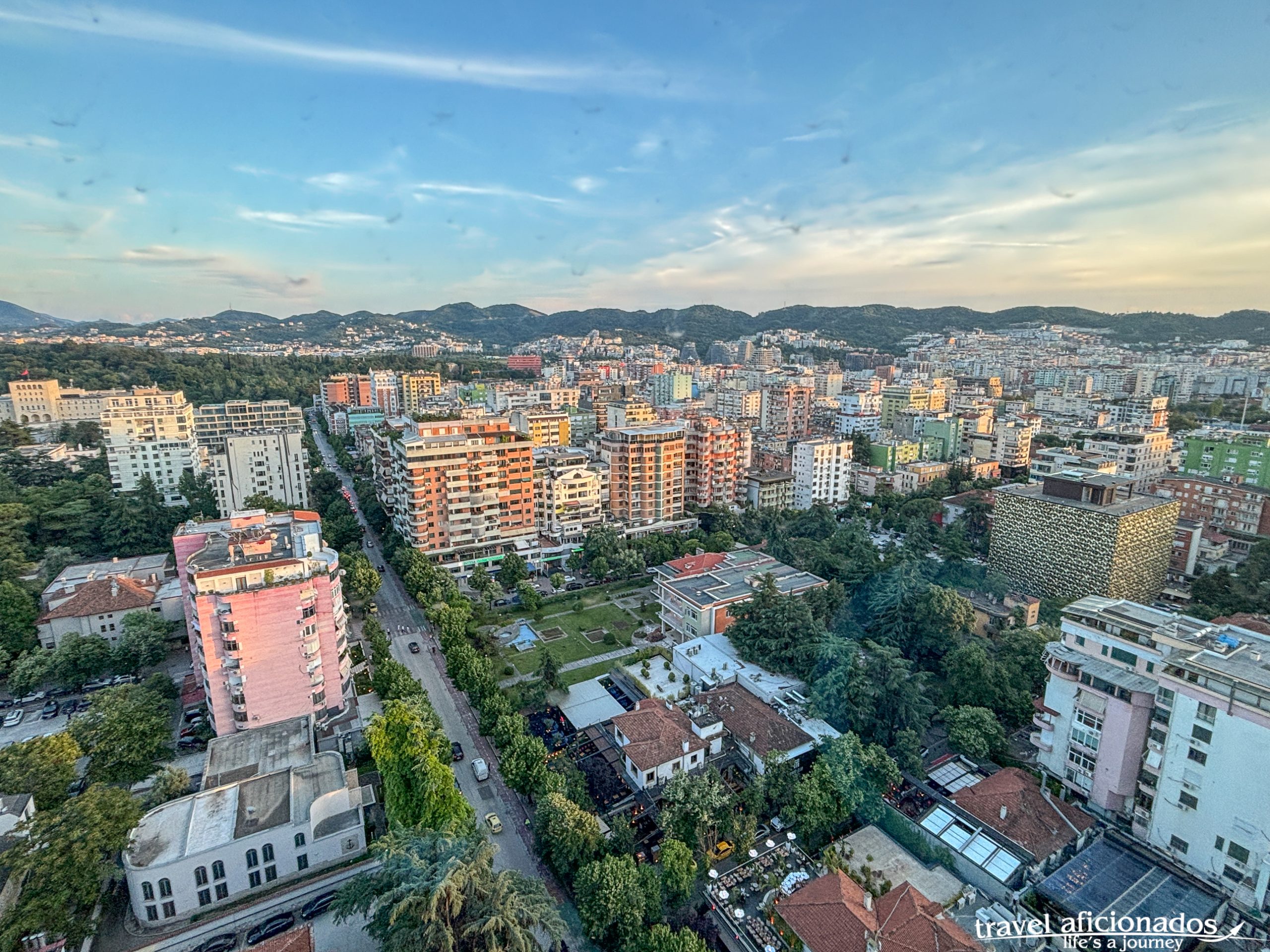
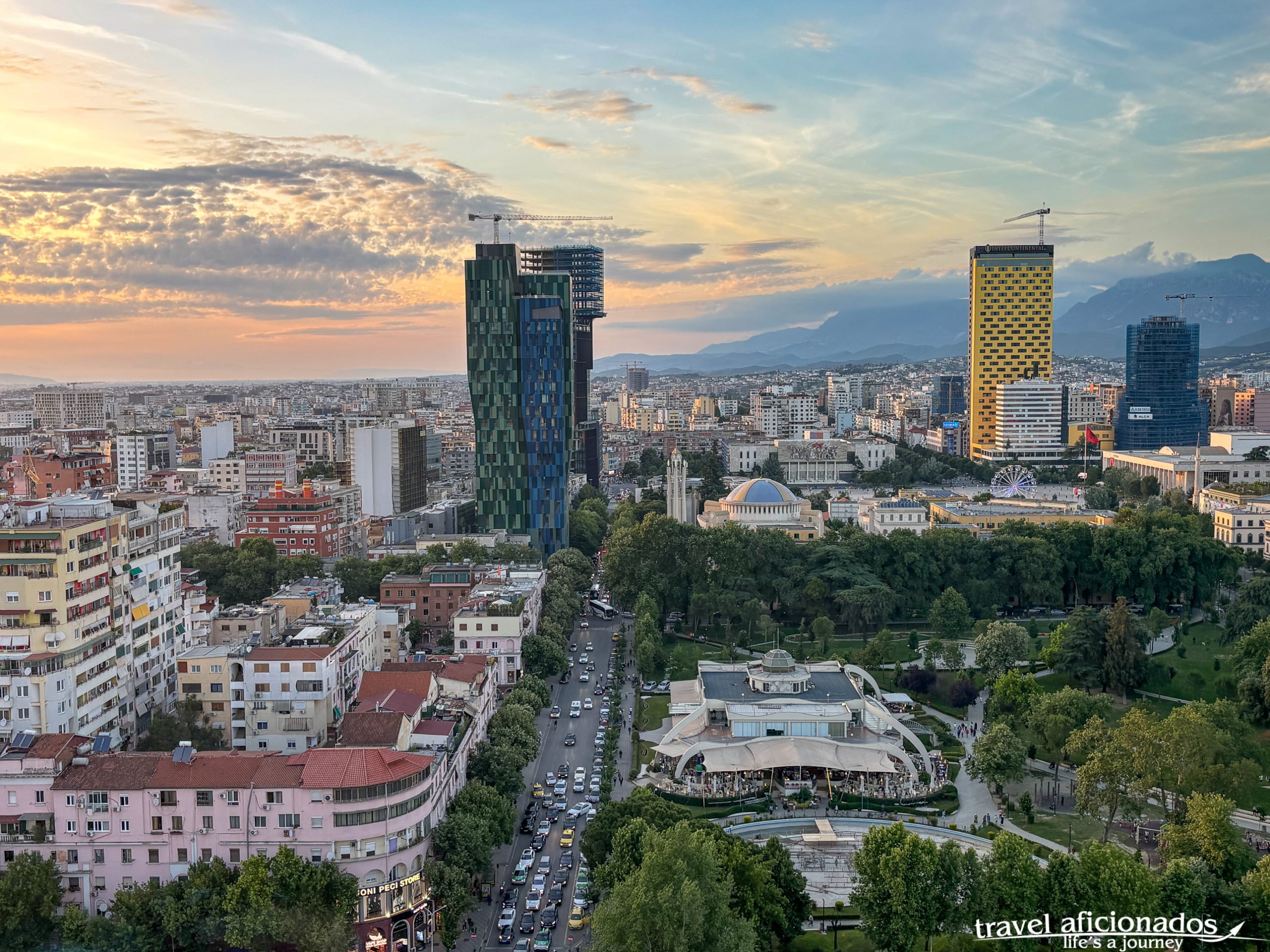
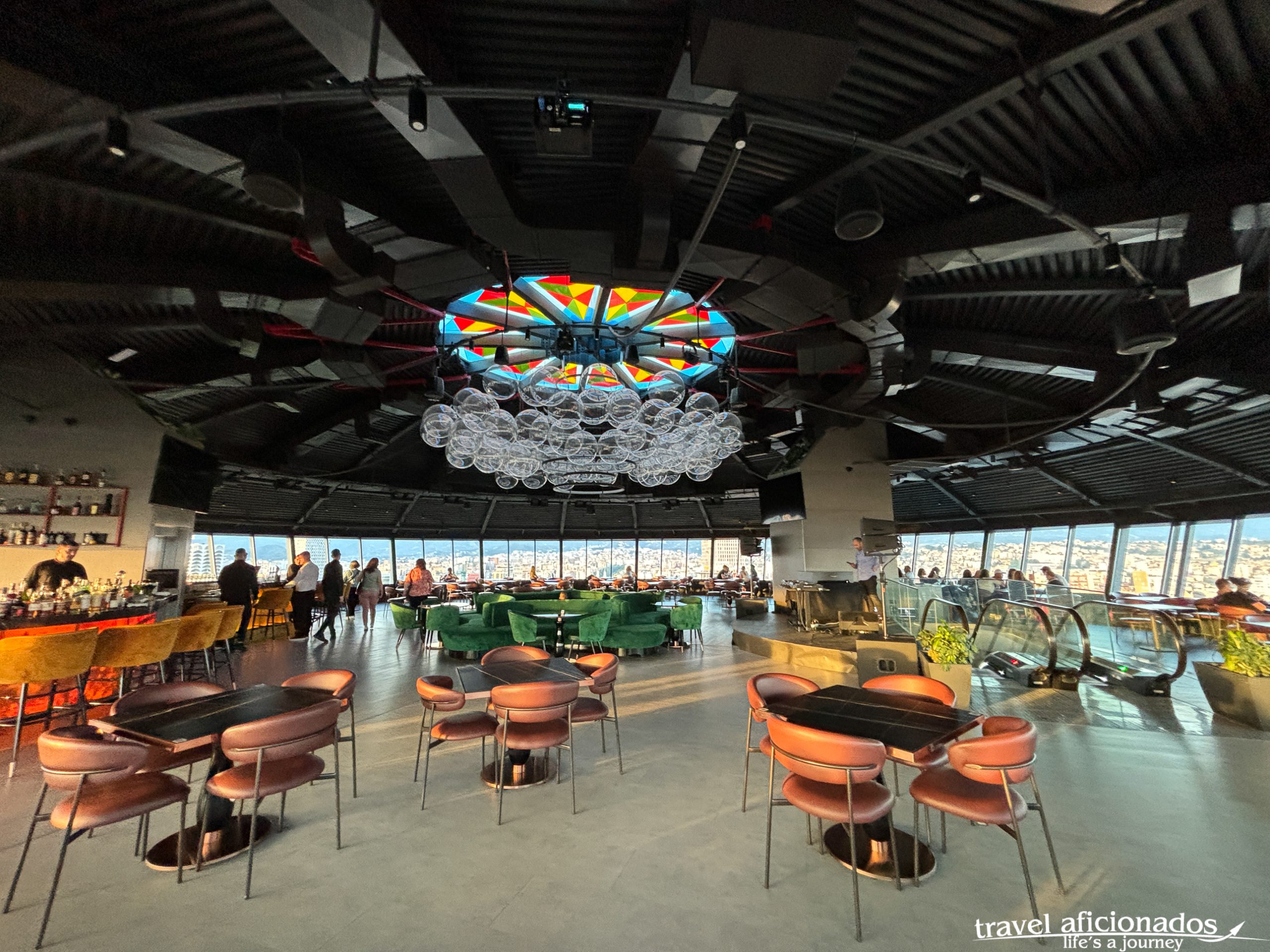
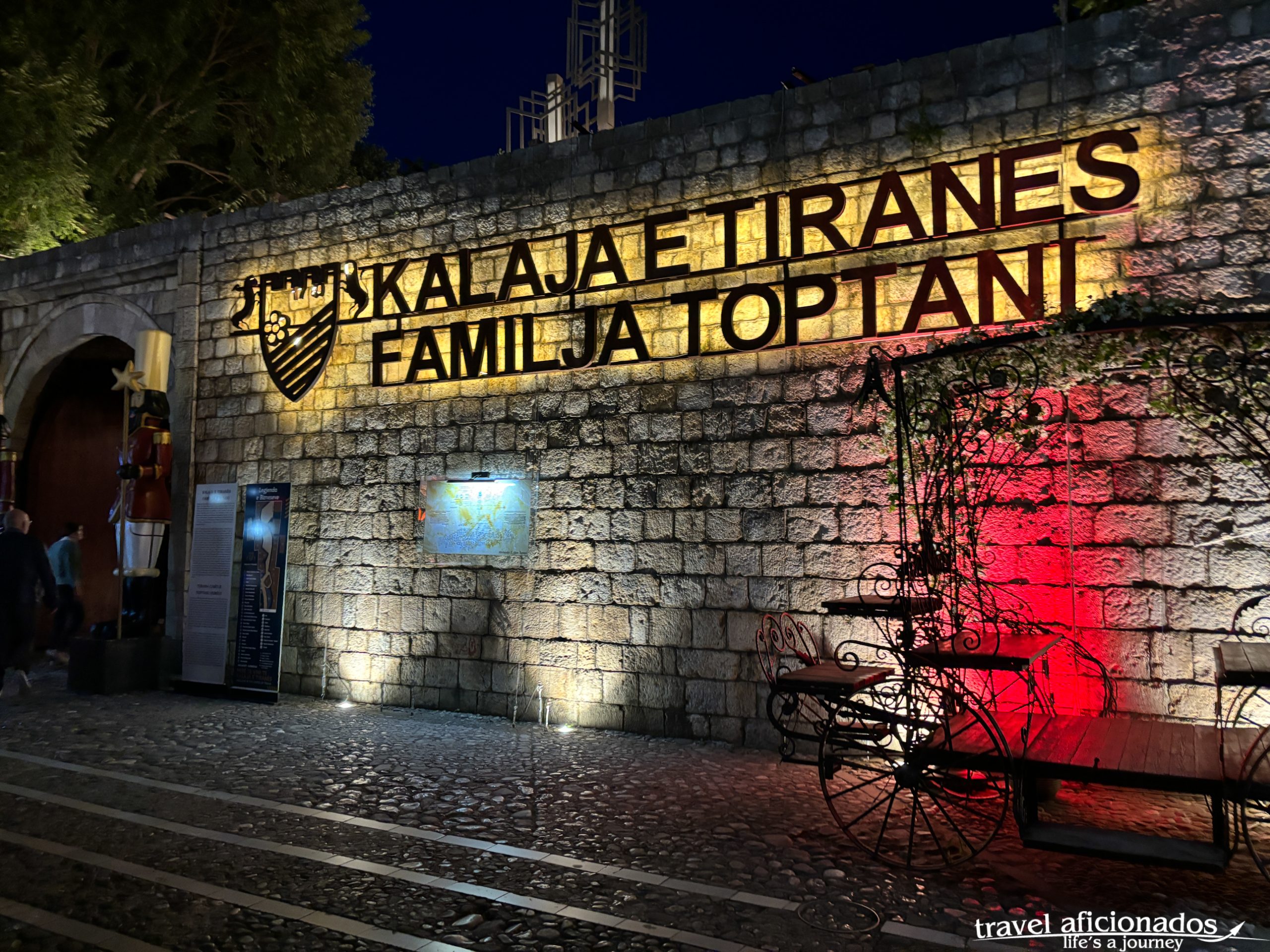
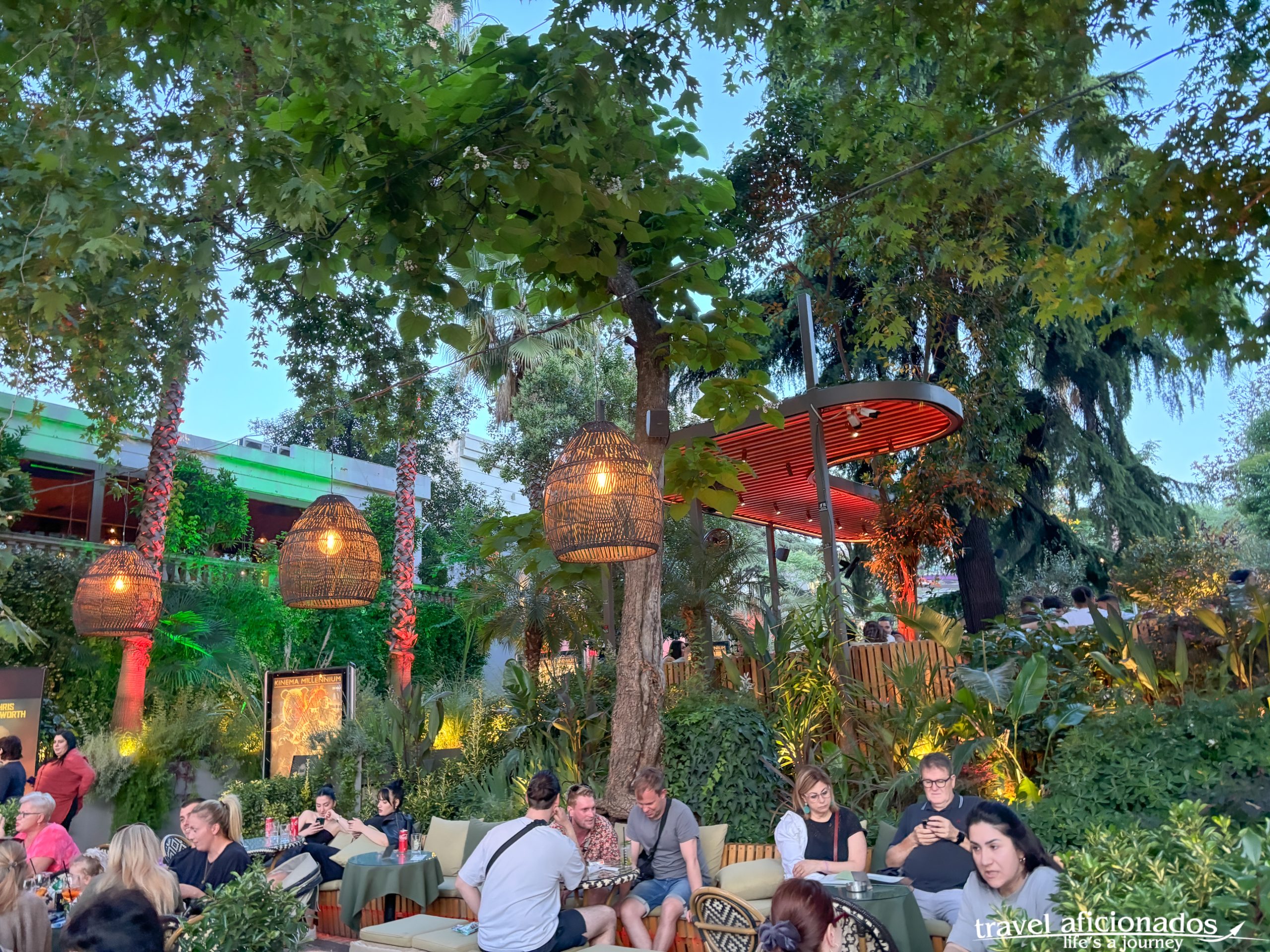
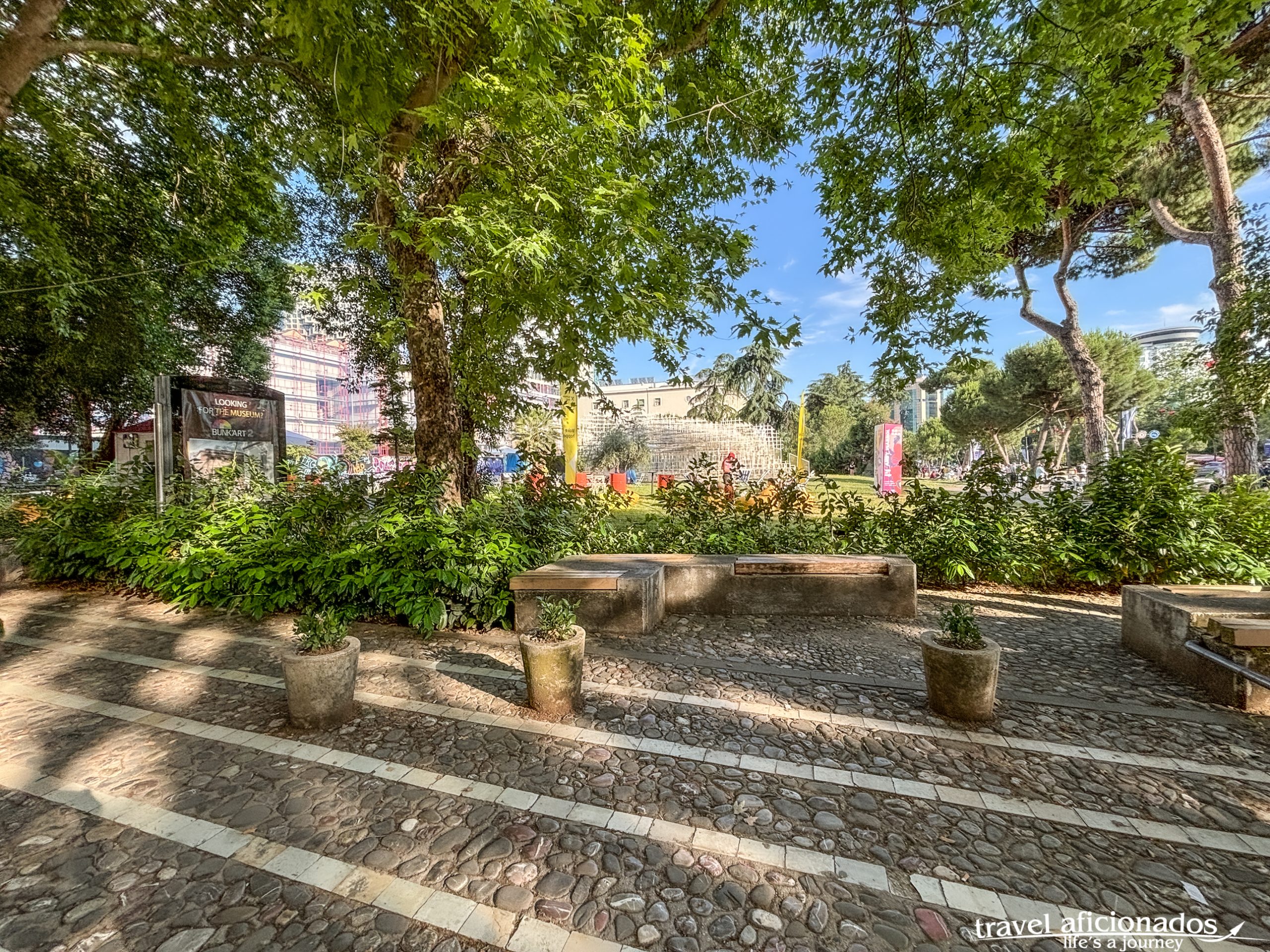


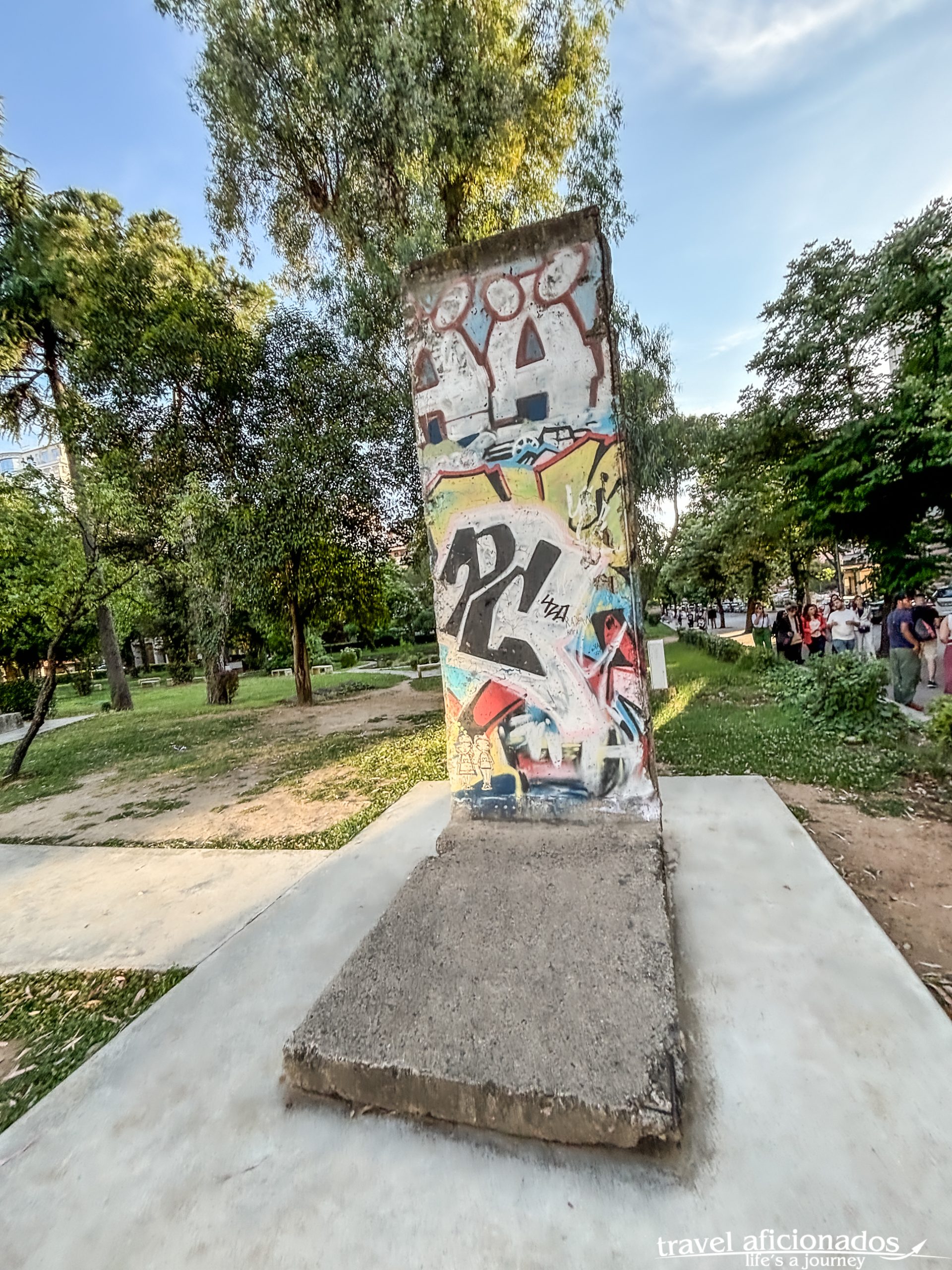
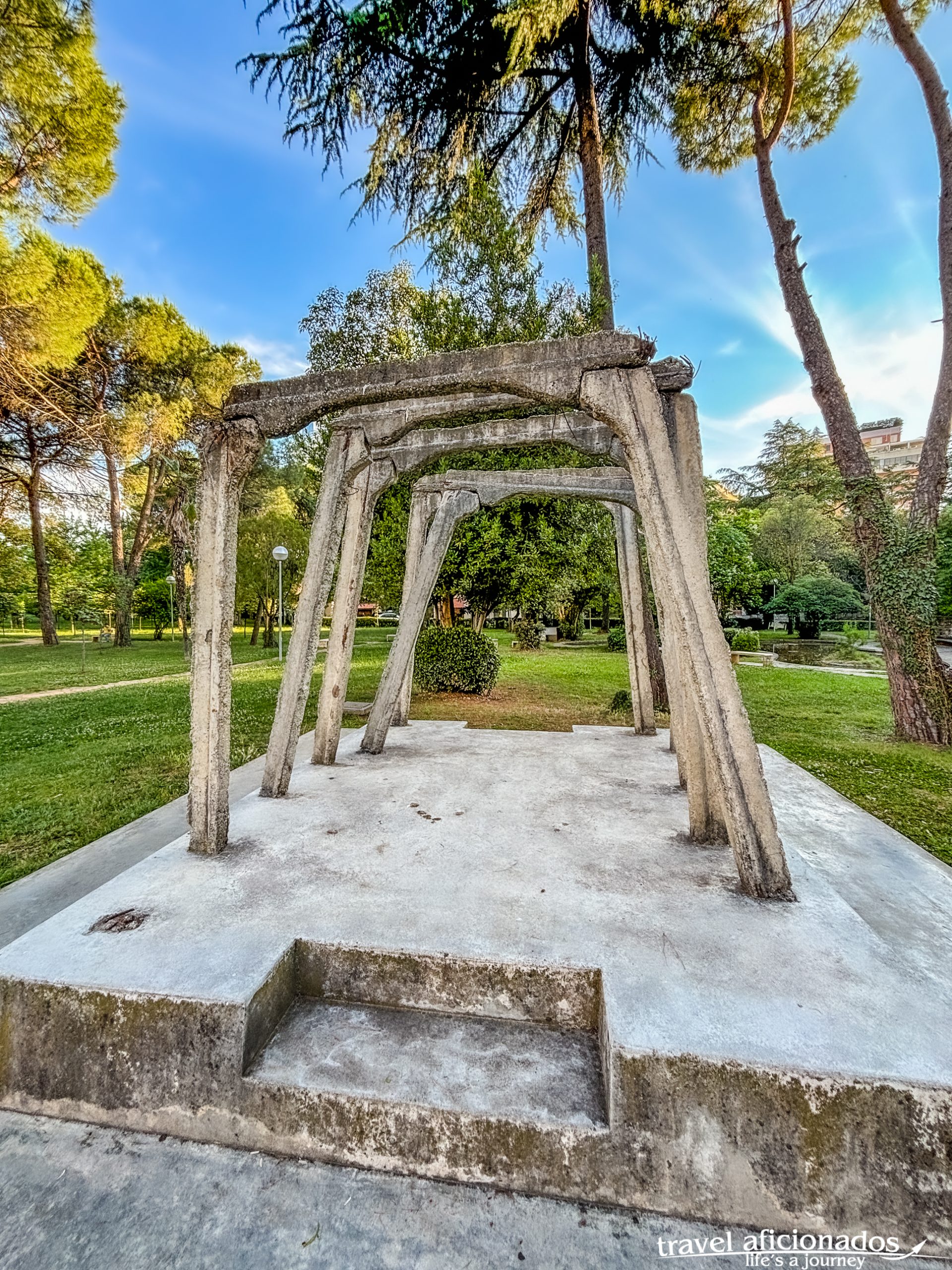

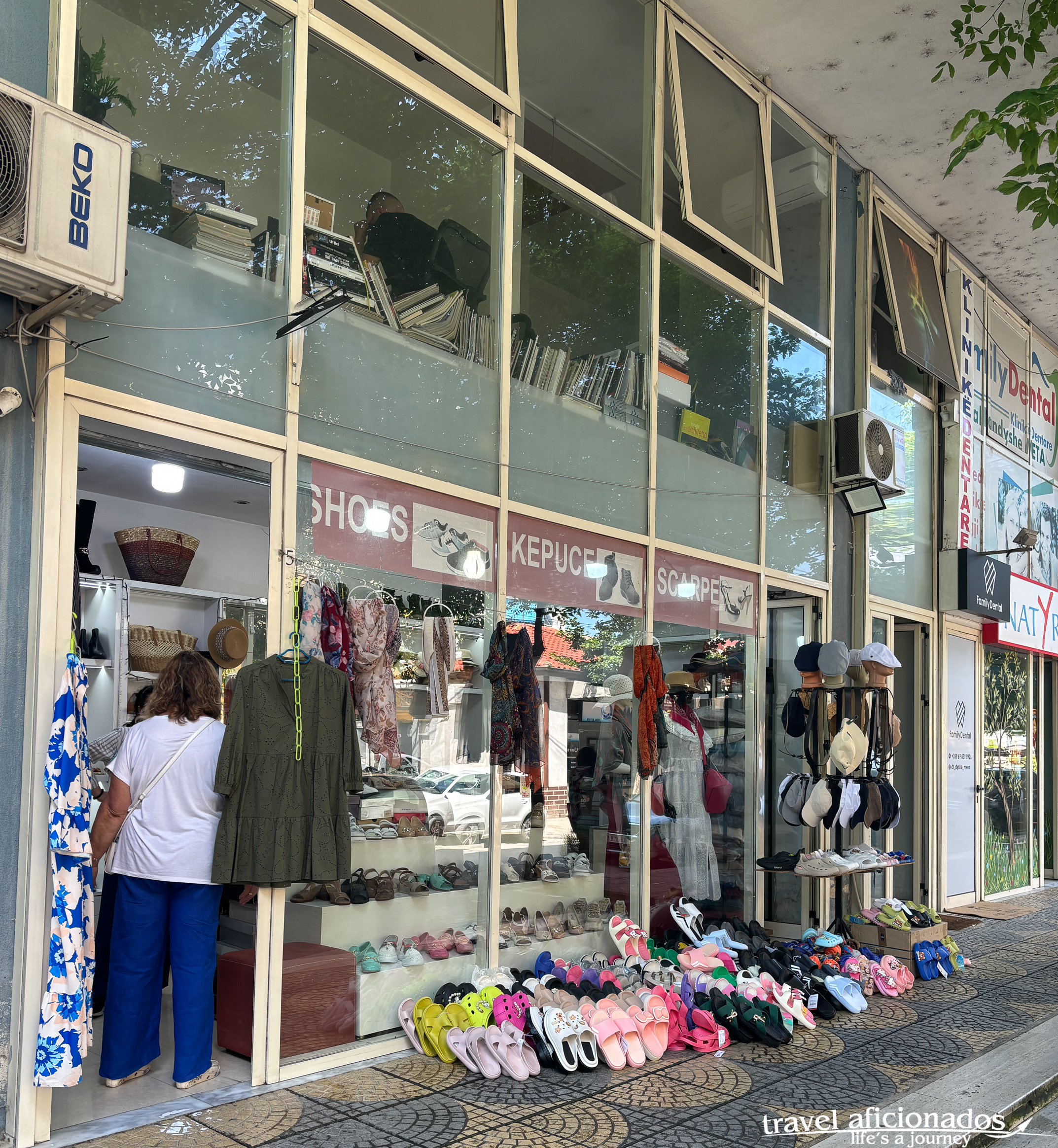
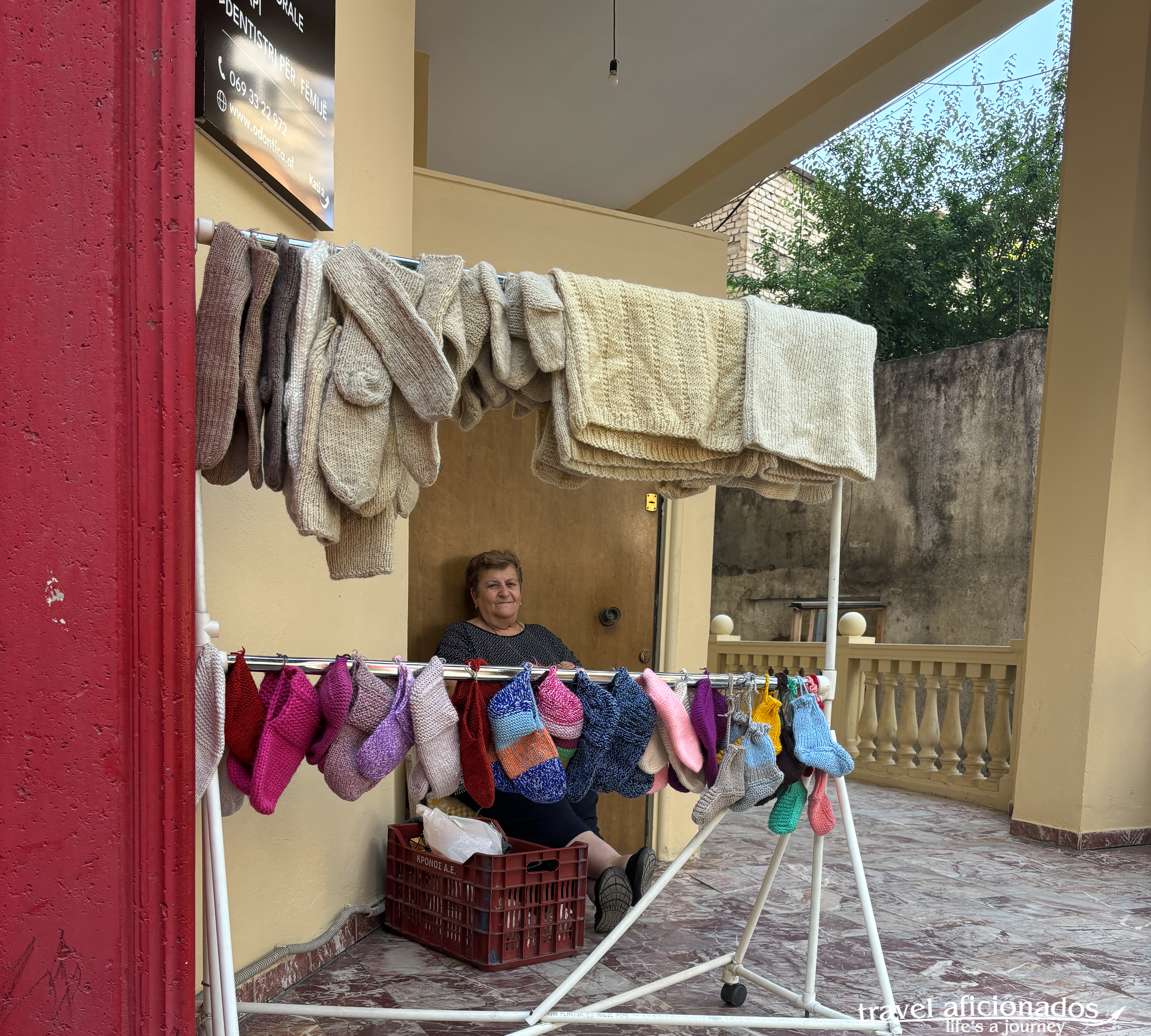

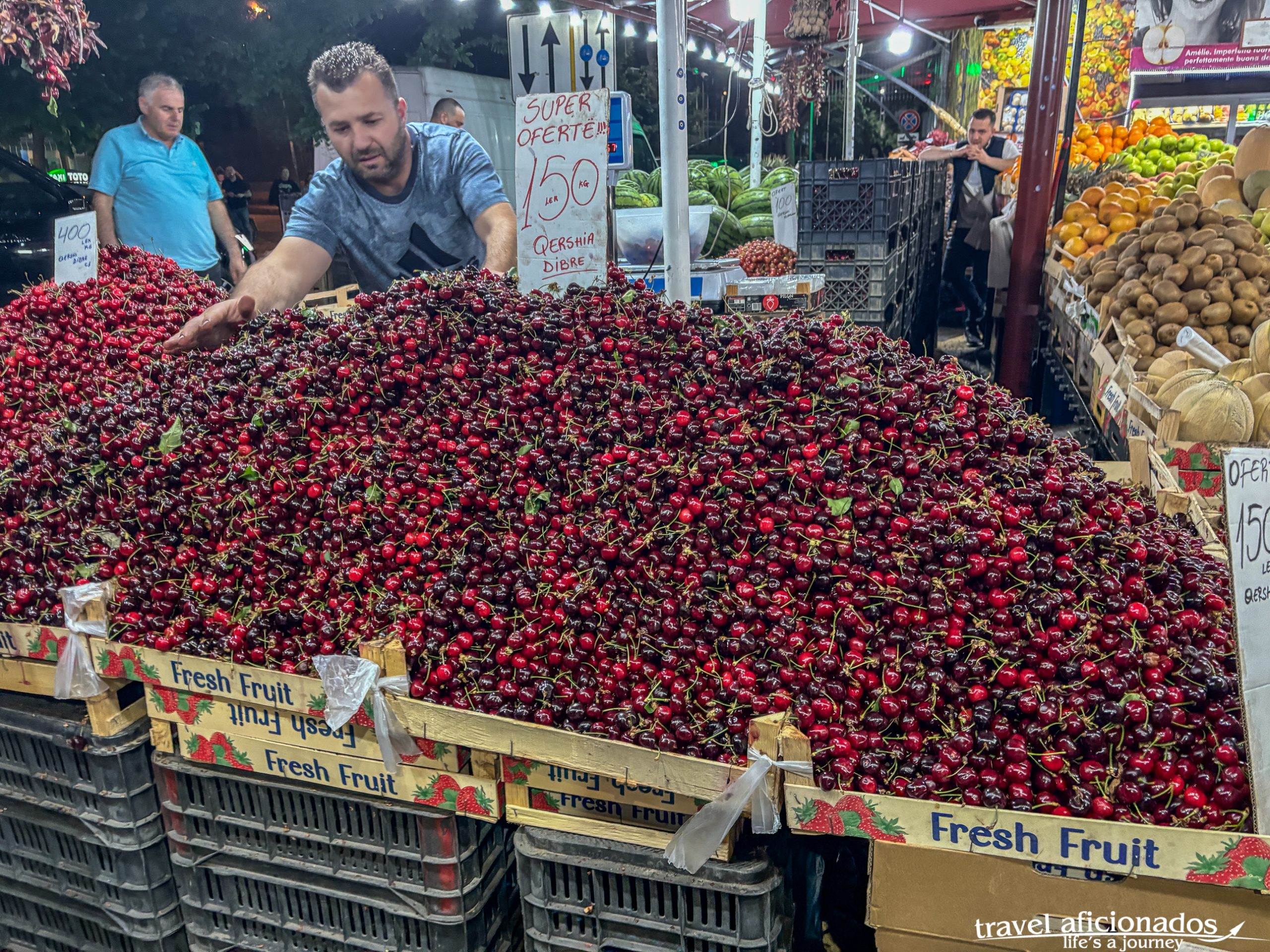
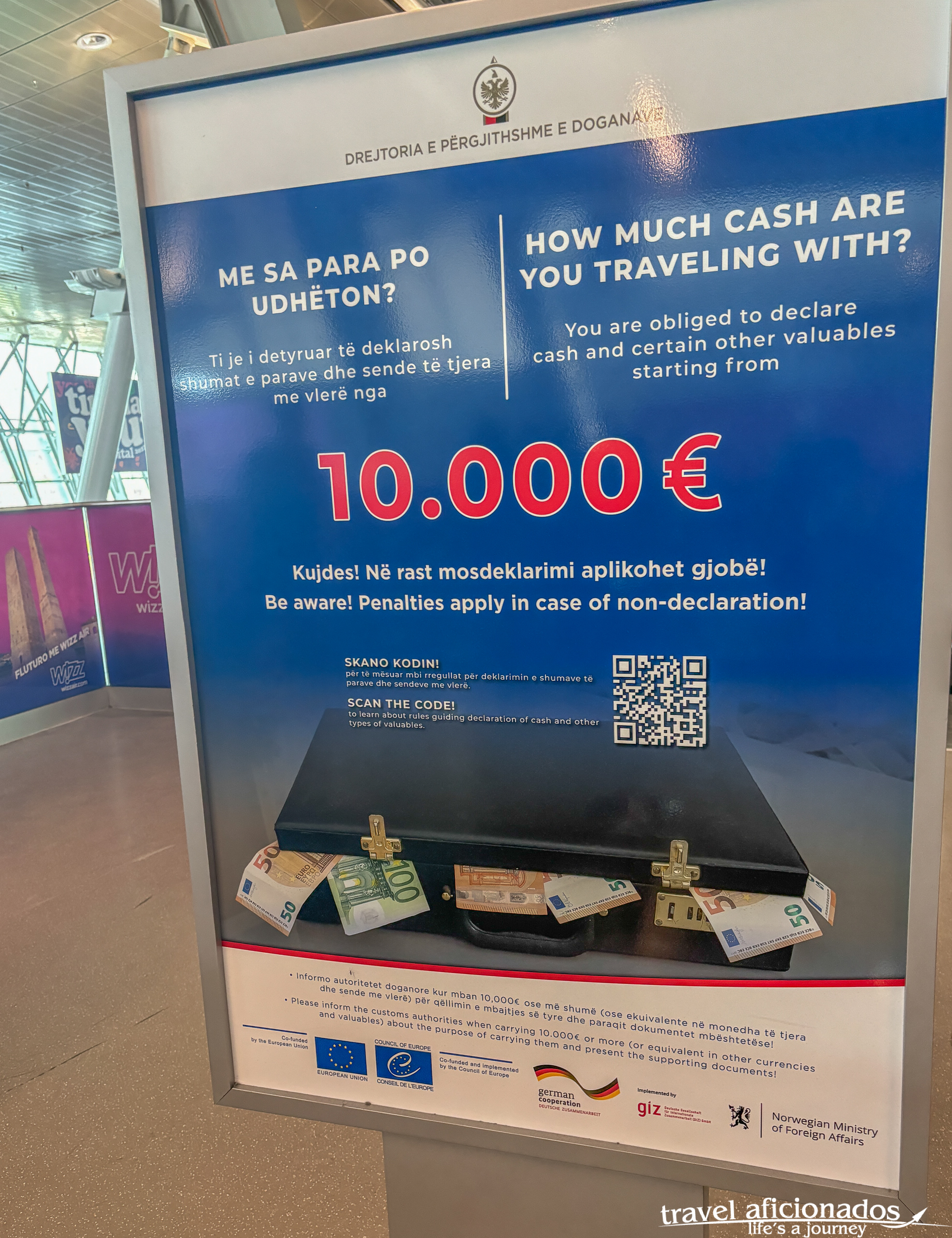
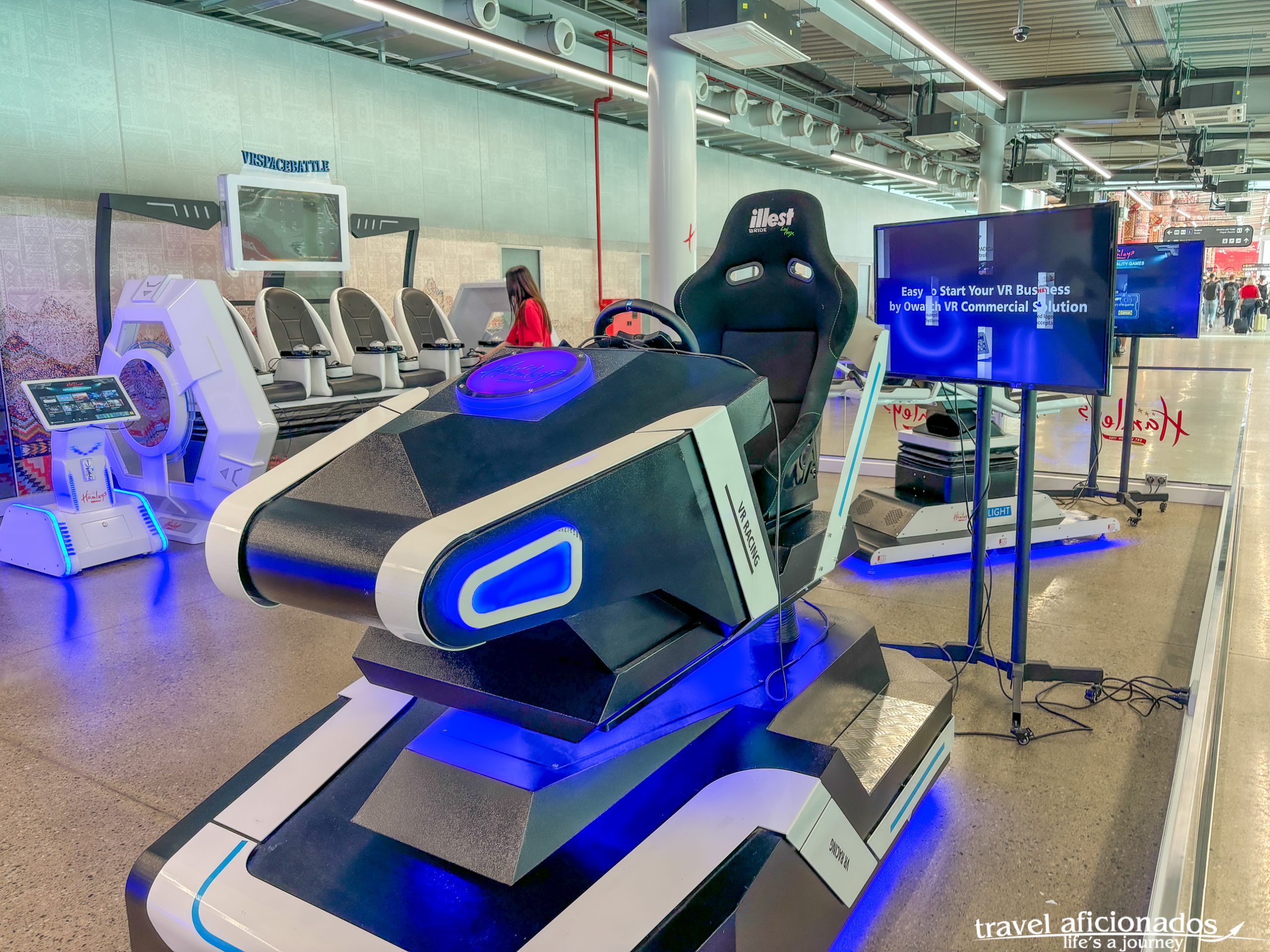
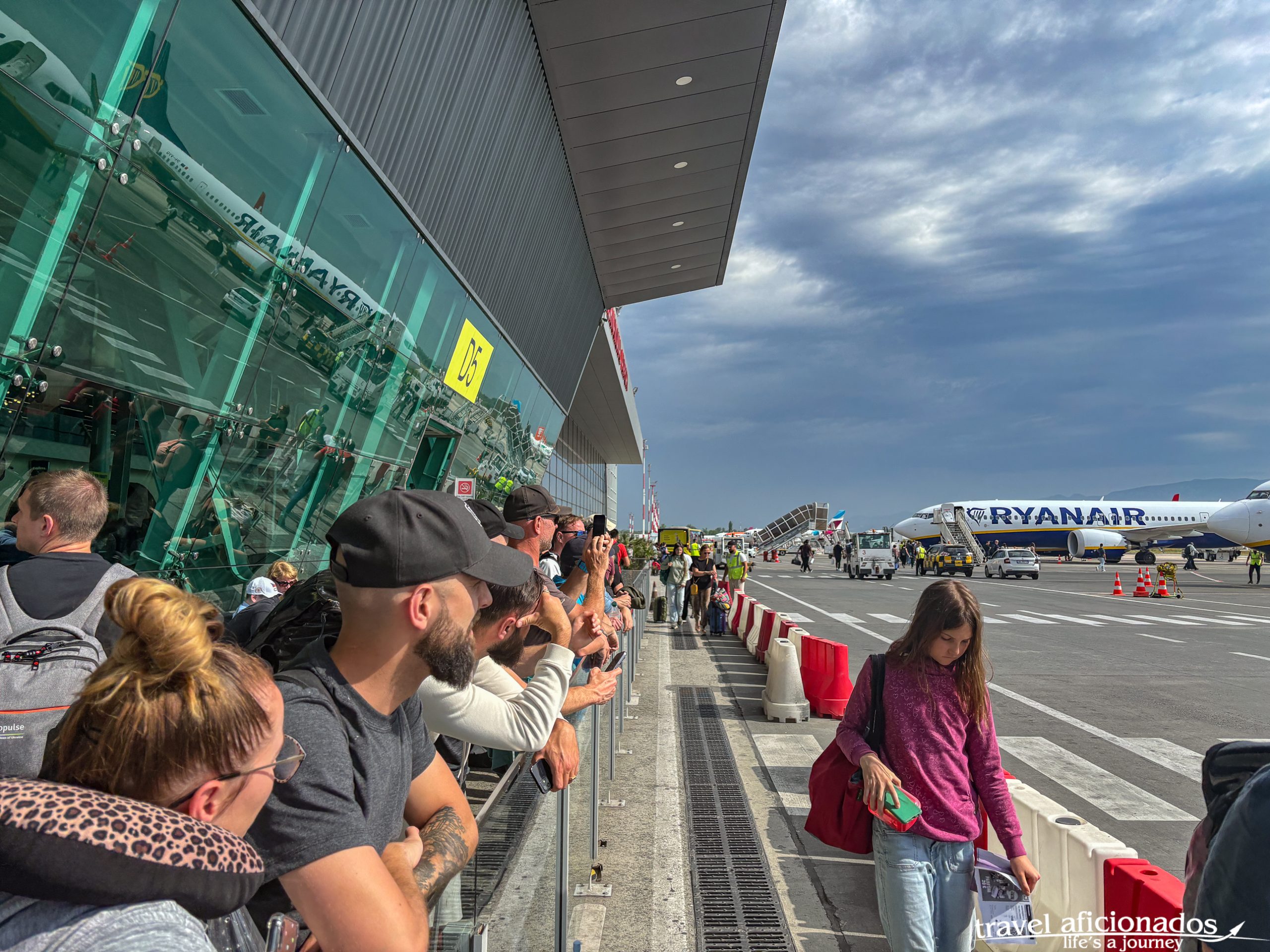

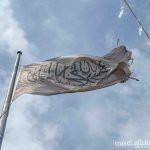
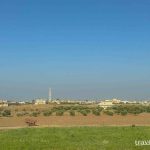
Leave a Reply